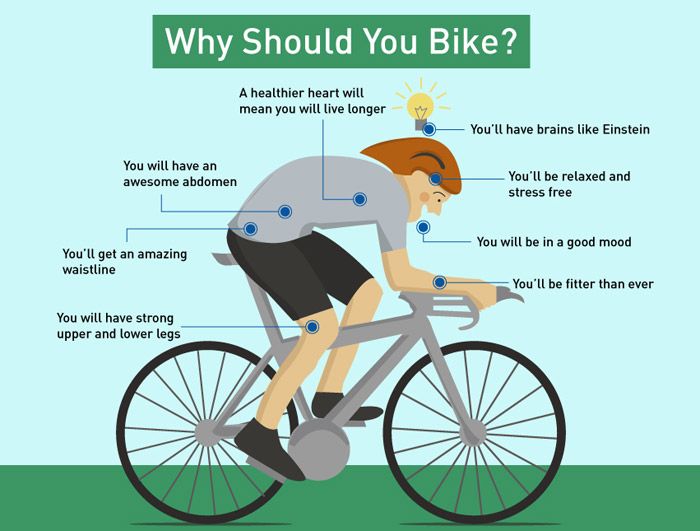What Muscles Does Cycling Work

What Muscles Do You Use When Cycling.
What muscles does cycling work. In addition to the hamstrings and quadriceps the gluteals are another main muscle force used during cycling. The main muscles at work in cycling are the quadriceps and hamstrings in the upper leg and the gastrocnemius and soleus in the calf. On the upward pedal stroke your hamstrings are doing most of the work.
The muscles you work the most when riding an exercise bike are the quadriceps and hamstrings. These muscles contract in a sequence that creates the pedaling action. Cycling engages various muscles all throughout your body from your biceps core glutes hamstrings quadriceps and calves.
That includes the muscles on the top of the legs in the front of the thigh called the quadriceps a group of four. Cycling also tones and strengthens the muscles of the legs and hips especially when a full-pedal stroke push and pull is practiced Tip Cycling either outdoors or on a stationary bike inside builds your hamstrings quads and calves and can also tone your calves and strengthen your core. When you perform this exercise you work all the muscles in your abdominal group as well as supporting muscles in your hipswhat muscles does cycling in the air work.
While cycling is most known for working the leg and buttock muscles it actually works most of the rest of the bodys muscles groups as well and the stronger your muscles become the better a cyclist you will be so its a win-win from both sides. It burns calories it is aerobic exercise it improves your cardiovascular system and it strengthens muscles. Does cycling standinh up work muscles.
To hit your hamstrings harder ride a bike that requires cycling shoes. Your quads are the main driving force on the downward pedal stroke while your hamstrings work on the upward pedal stroke. The gluteus maximus is the largest muscle in the glutes and also the most important during biking.
The gluteal muscles or glutes large medium and small buttocks also called glutes are also working out when you are pushing the pedals. Your quads provide most of the power during the downward pedal stroke. These muscles all work together in maintaining your balance and keeping you stable providing you with pedalling power and more.













